E-commerce Driven Innovations
The rise of e-commerce has significantly influenced the Fragrance Packaging Market, prompting brands to innovate their packaging solutions. As online shopping becomes increasingly prevalent, the need for packaging that ensures product safety during transit has become paramount. Brands are now focusing on developing packaging that is not only visually appealing but also functional and protective. Data suggests that e-commerce sales in the fragrance sector are projected to grow by 15% annually, necessitating robust packaging solutions that can withstand shipping challenges. This trend has led to the adoption of tamper-proof seals, cushioning materials, and compact designs that enhance the unboxing experience. Consequently, the Fragrance Packaging Market is evolving to meet the demands of a digital-first consumer base.
Sustainable Packaging Solutions
The increasing emphasis on sustainability is a pivotal driver in the Fragrance Packaging Market. Consumers are becoming more environmentally conscious, leading brands to adopt eco-friendly materials and practices. This shift is evident as companies explore biodegradable, recyclable, and reusable packaging options. According to recent data, the sustainable packaging segment is projected to grow at a compound annual growth rate of 7.5% over the next five years. This trend not only aligns with consumer preferences but also enhances brand loyalty, as customers are more likely to support brands that prioritize environmental responsibility. Consequently, the Fragrance Packaging Market is witnessing a transformation, with brands investing in innovative materials that reduce their carbon footprint while maintaining aesthetic appeal.
Personalization and Customization
The demand for personalized and customized fragrance packaging is rapidly gaining traction within the Fragrance Packaging Market. As consumers seek unique experiences, brands are responding by offering tailored packaging solutions that reflect individual preferences. This trend is particularly pronounced among younger demographics, who value self-expression and individuality. Market data indicates that the customization segment is expected to account for approximately 30% of the overall fragrance packaging market by 2026. This shift not only enhances consumer engagement but also allows brands to differentiate themselves in a competitive landscape. By leveraging advanced printing technologies and design innovations, companies can create bespoke packaging that resonates with their target audience, thereby driving growth in the Fragrance Packaging Market.
Technological Advancements in Packaging
Technological advancements are playing a crucial role in shaping the Fragrance Packaging Market. Innovations in materials science and packaging technology are enabling brands to create more efficient and visually striking packaging solutions. For instance, the introduction of smart packaging, which incorporates QR codes and augmented reality features, is enhancing consumer interaction and engagement. Market analysis indicates that the smart packaging segment is expected to grow at a rate of 10% over the next few years. These advancements not only improve the functionality of fragrance packaging but also provide brands with opportunities to convey their story and values effectively. As technology continues to evolve, the Fragrance Packaging Market is likely to witness further innovations that enhance both aesthetics and user experience.
Regulatory Compliance and Safety Standards
Regulatory compliance and safety standards are increasingly influencing the Fragrance Packaging Market. As governments and regulatory bodies impose stricter guidelines on packaging materials and safety, brands must adapt to ensure compliance. This trend is particularly relevant in regions with stringent environmental regulations, where the use of certain materials may be restricted. Data indicates that the compliance segment is expected to grow as brands invest in research and development to meet these standards. This focus on safety not only protects consumers but also enhances brand reputation. Consequently, the Fragrance Packaging Market is witnessing a shift towards materials and designs that comply with regulatory requirements while still appealing to consumer preferences.
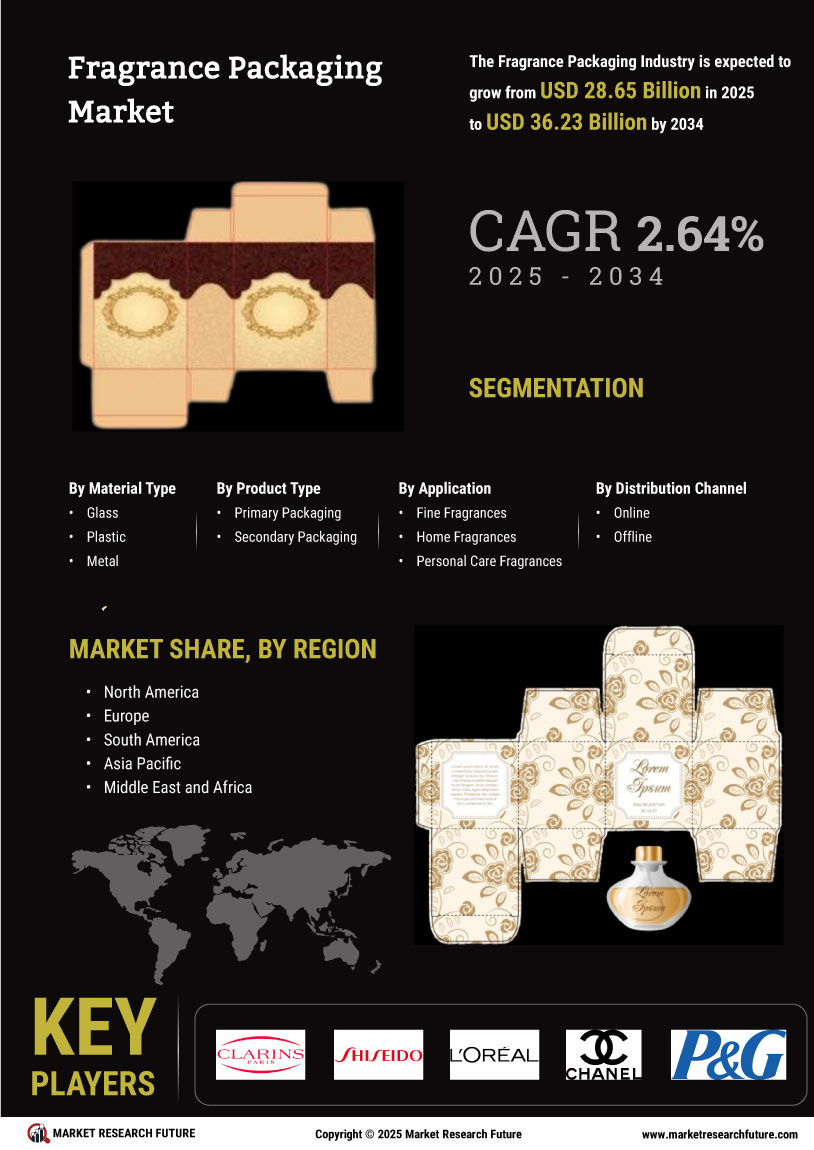

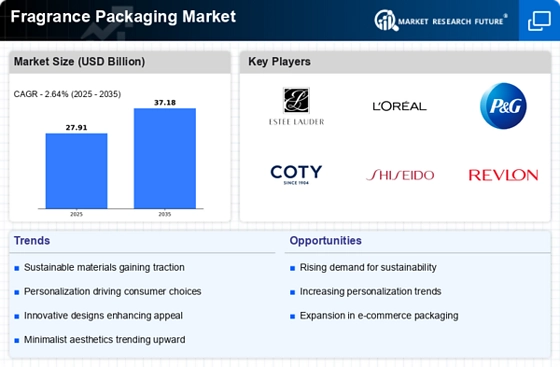

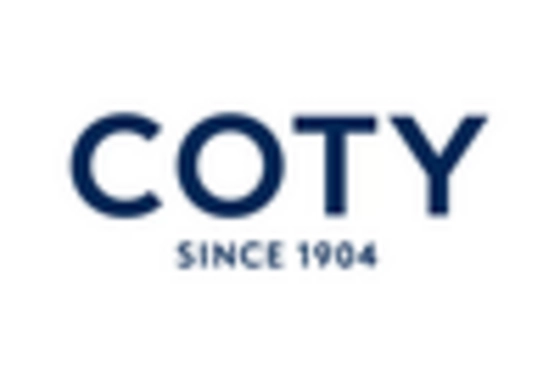
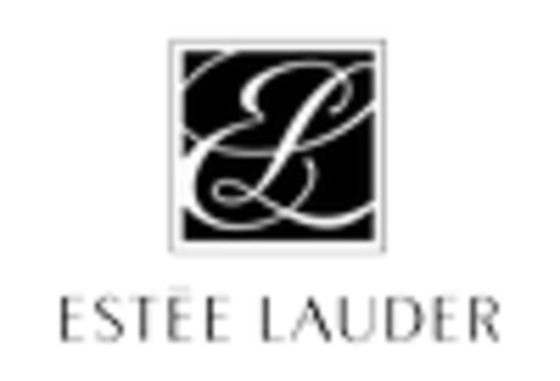
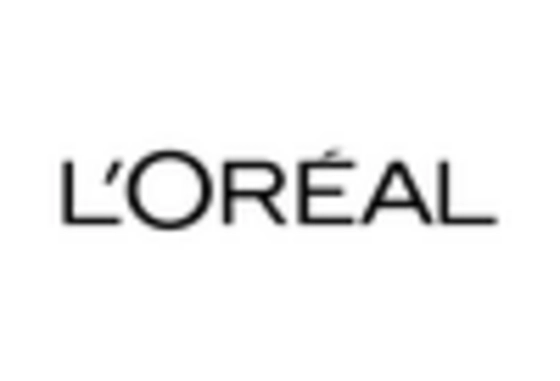

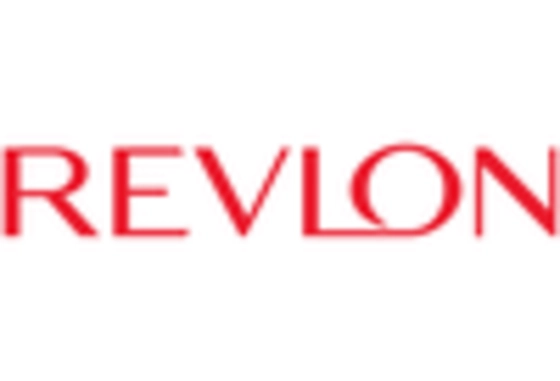









Leave a Comment